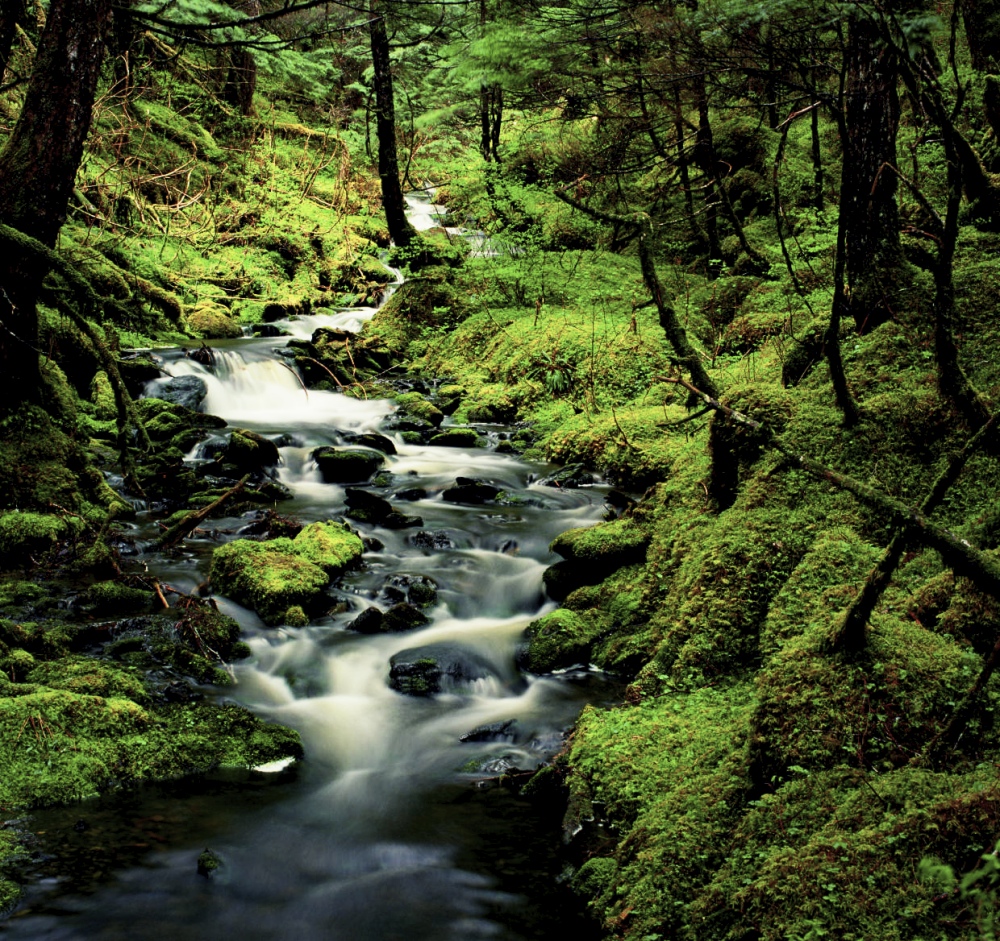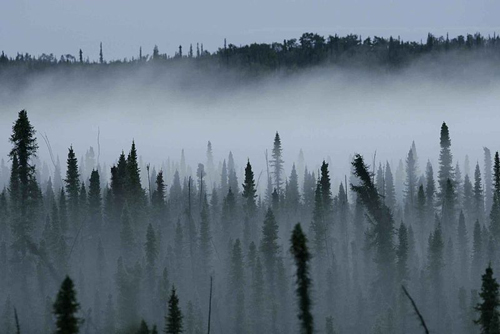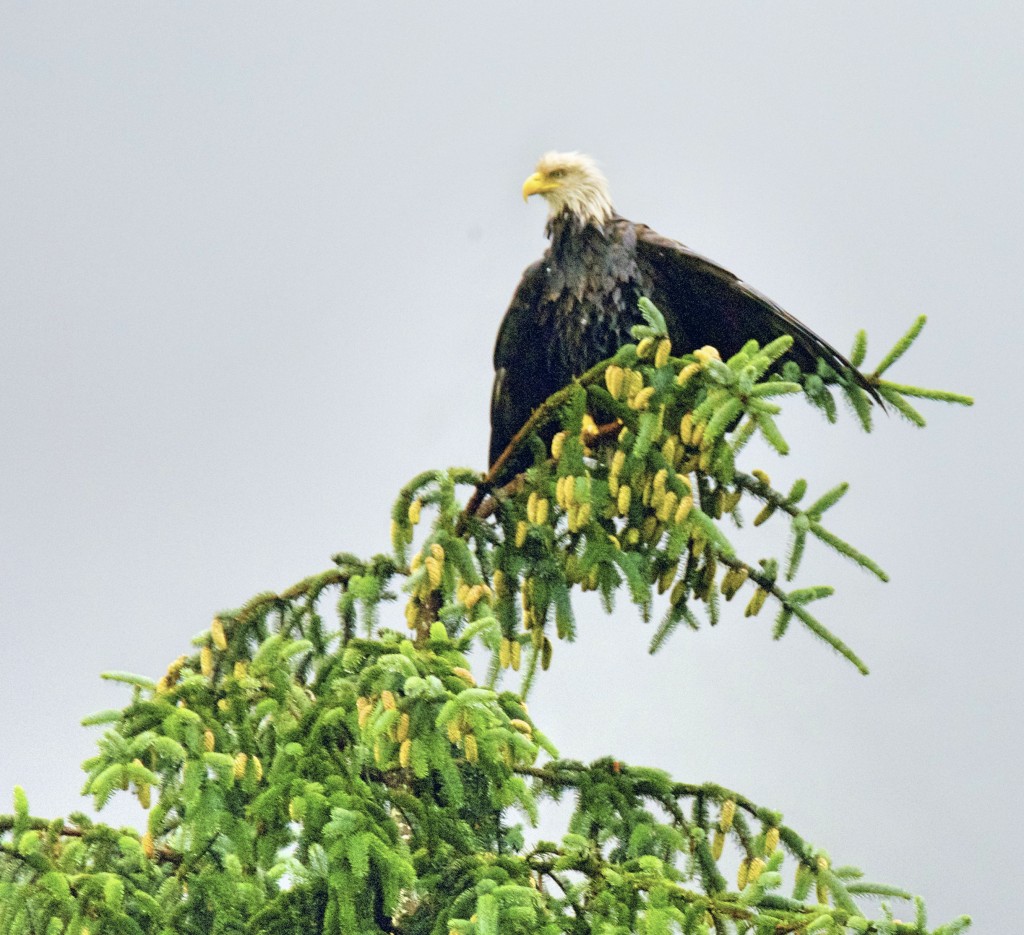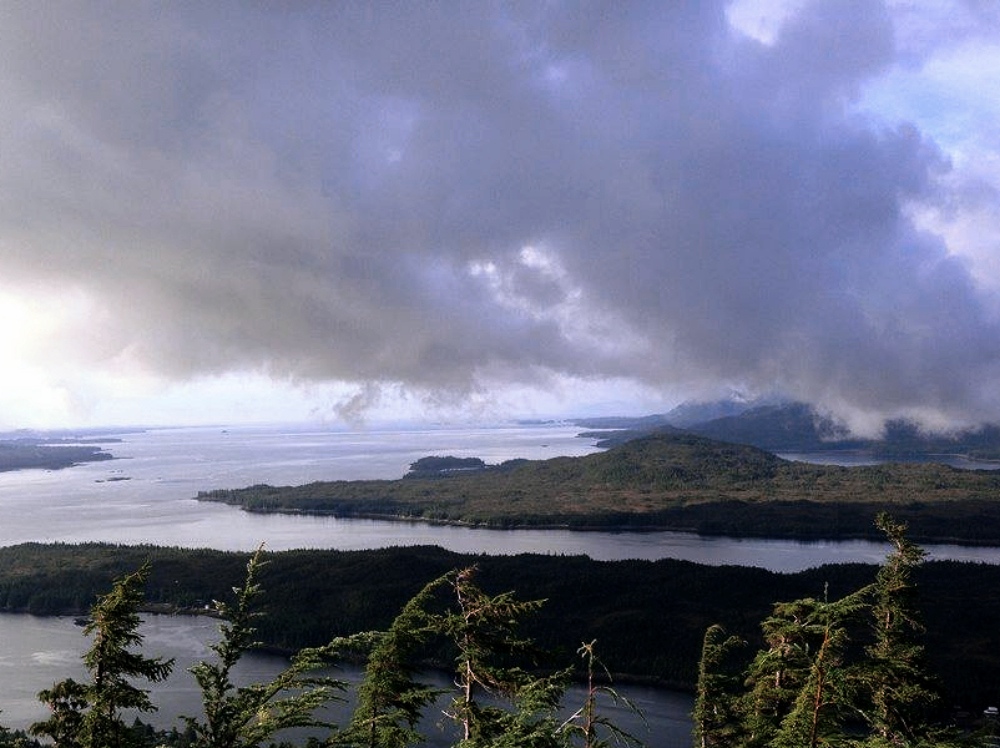
“To exist as a Nation, to prosper as a State and to live as a people, we must have trees.” ~Theodore Rosevelt
The Tongass National Forest is the size of Vermont, Massachusetts, Connecticut and Rhode Island combined and is nearly 17 million acres in size. In combination with British Columbia’s Great Bear Rainforest immediately to the south, it encompasses the largest intact temperate rainforest on earth. Stretching 500 miles north-to-south, the Tongass includes thousands of islands, countless streams, glacial fjords and lush valleys backing into spectacularly rugged mountains, and sprawling forests of majestic, old-growth cedar, spruce, and hemlock trees. Old-growth trees in the Tongass live 200 to 700 years and the coniferous yellow cedar can survive 1,000 years or more.
The forest is also home to wildlife found nowhere else on the planet like the Alexander Archipelago wolf, a rare subspecies of wolf. The Tongass also contains abundant fish and wildlife, including brown bears, wolves, Bald Eagles, Northern Goshawks, and Marbled Murrelets. The world’s largest concentration of bald eagles lives in the Tongass. Drawn by salmon runs and prime nesting sites in towering trees, as many as 2,000 bald eagles gather in some parts of the forest each spring.
Grizzly bears are estimated to number 30,000 strong in the Tongass. In the summer, when salmon are plentiful, they eat 80 to 90 pounds of fish a day to fatten up for the winter ahead. During this warm weather binge, they can gain up to 40 pounds of fat every week. The Tongass is also an important stopping point for migratory waterfowl — nearly 15,000 snow geese rest in the forest each year before their journey to Wrangel Island in Siberia.
A less visible, but no less dramatic, landscape lies beneath the forest’s spongy floor. Water seeping through soil and limestone has carved, over centuries, a network of sinkholes, fissures and caves. Known as karst, this topography produces nutrient-rich waters and drainage conditions that support robust salmon runs and fuel the growth of the Tongass’ soaring trees. The Tongass’ karst also holds clues to the region’s natural history; many of the caves are older than surrounding glaciers, and have yielded animal bones more than 45,000 years old.
Comments
Powered by Facebook Comments







